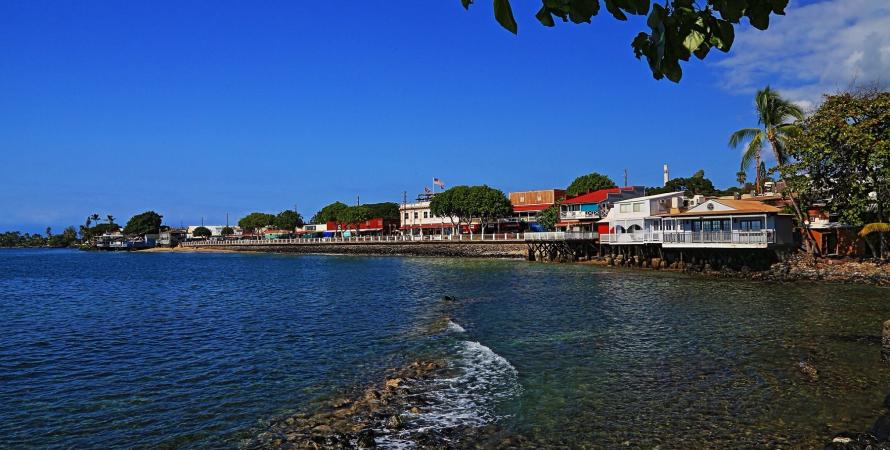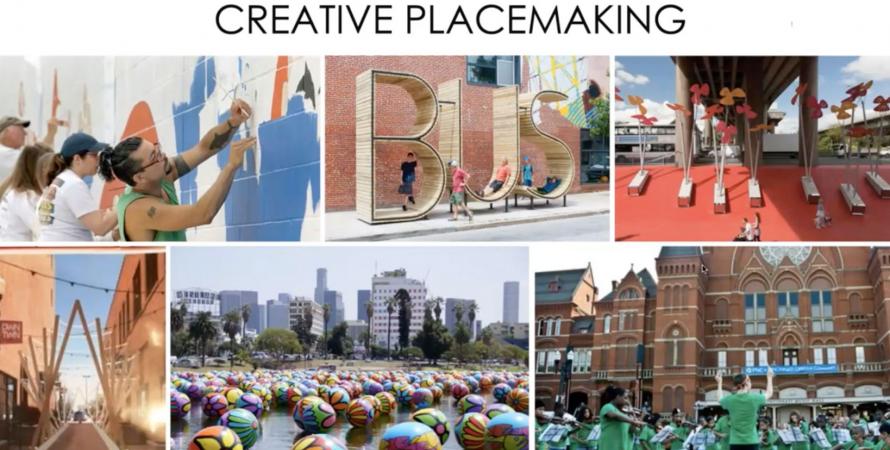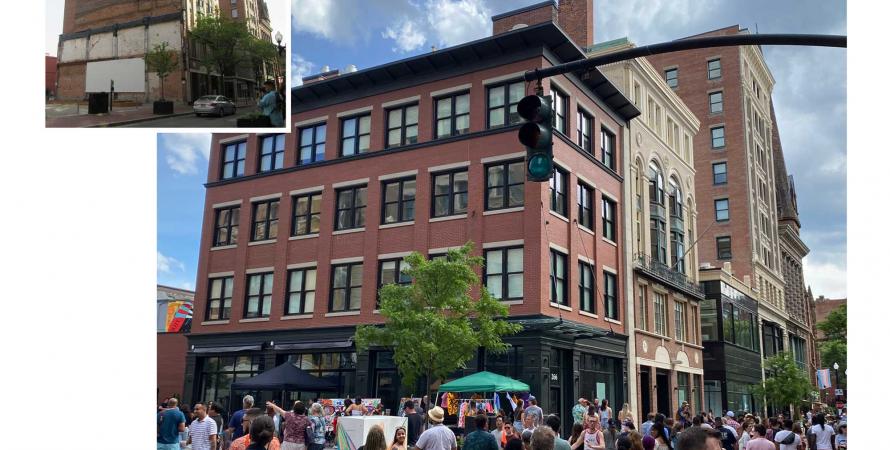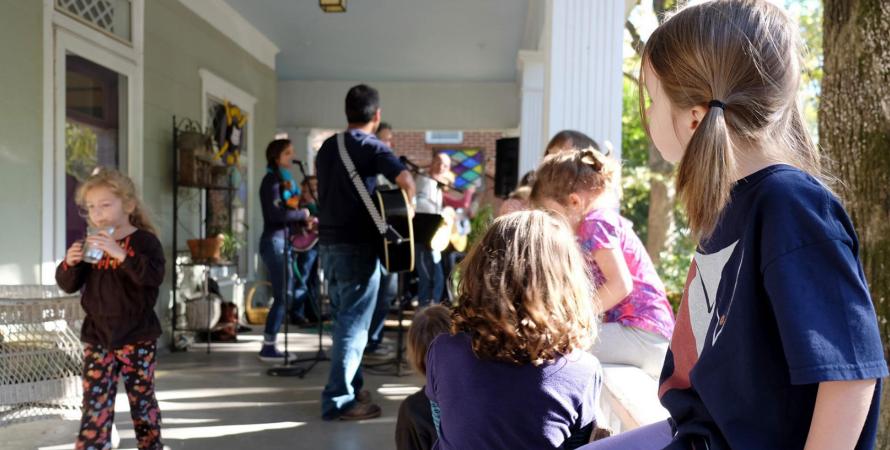-

Designing for Lahaina’s future starts with honoring Native Hawaiians
The aftermath of the Maui wildfires will be an opportunity for Native Hawaiians to shape the future of affordable housing and land use on the island. Respect and support from New Urbanists is required if we want to participate in this design process.In the aftermath of the devastating fires in Maui, it is essential to remember the cardinal architectural rule of affordable housing: Do not experiment on the poor. This is also an opportunity to expand upon that ethos to include another rule: Honor Native peoples. The history of architecture and...Read more -

How ‘creative placemaking’ enhances a sense of place
Art focused on people in a community can provide a bridge between them and the built environment, activating public space.“Creative placemaking” requires rethinking the artist's role and relationship to art, according to Dayton Castleman, an artist based in Northwest Arkansas. Many artists have what Castleman calls a “white cube” mindset, a reference to a room in a gallery or studio with white walls, where the...Read more -

Reuse of buildings celebrates architecture and public space
Adaptive reuse of building ensemble in Providence, Rhode Island, restores significant mixed-use structures, improves public space, and provides contextual architecture in a historic downtown.Providence, Rhode Island, has a history typical of a US East Coast city. “Providence’s pre-war building stock was of a particularly fine quality, built on a fine-grained network of streets and blocks,” notes Union Studio, an architecture firm based there. After World War II, the downtown was hit by...Read more -

The infrastructure of community
Porches and sidewalks are often ignored or dismissed, but they have important roles in building community.There was a time when The New Urbanism was belittled as “The New Porchism” for its propensity toward old-fashioned porches in developments like Seaside, Kentlands, and Celebration. Although new urbanists went to great lengths designing (usable) porches and explaining how this architectural feature—...Read more